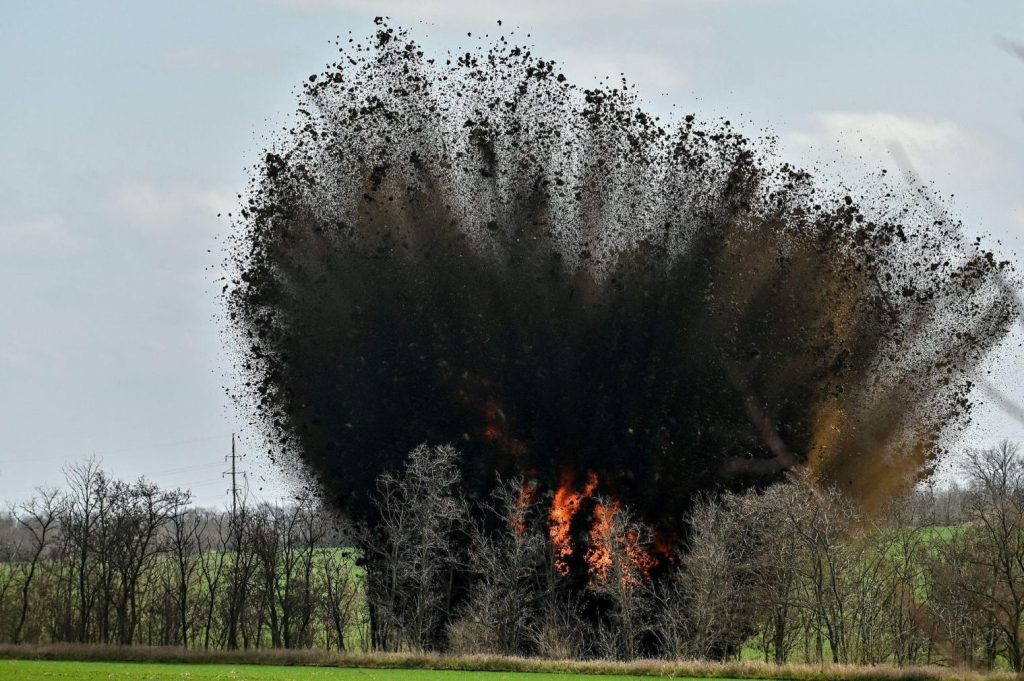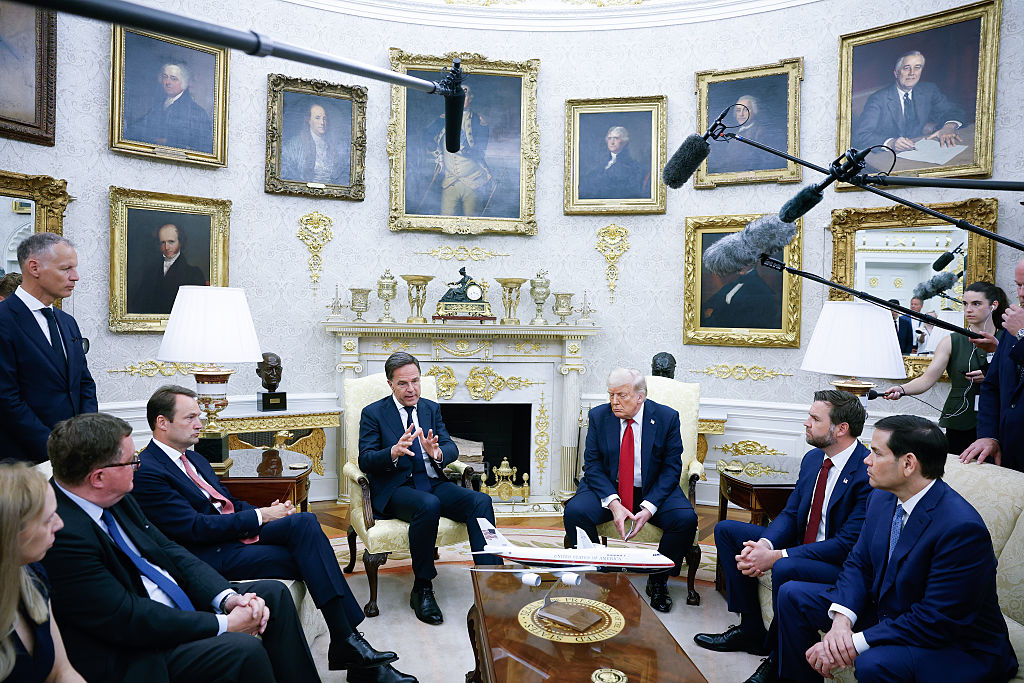It’s not easy to say this, but Ukraine’s offensive to retake lost territory has fizzled out. Fall weather has turned the rolling steppe into a sea of mud. Like last winter, the conflict has entered a renewed phase of static, attritional warfare. It means that any new attempt to break through Russian lines will need to wait until at least April of next year.
Ukraine’s failure is easy to explain. First, Russia’s defensive line has proved to be much more impenetrable than anyone expected, with minefields that run nearly a mile deep in places. Second, although the West has donated a number of armored vehicles, including Leopard 2 main battle tanks and Bradley infantry fighting vehicles, Ukraine still does not have enough to attack with mass. It also lacks specialized minefield breeching equipment, which is essential to clear a path through the many obstacles laid. Third, Ukraine is still conducting attacks at company and battalion strength when it needs to be operating at brigade and divisional level, with thousands rather than hundreds of troops.
Russia is scraping the barrel in terms of the military capabilities it has at its disposal
But something else has happened over the last few months. Russia has started to learn from its mistakes. It is showing that it can adapt and improvise. We saw this first through its acquisition of Iranian-made Shahed-131 drones last fall, which it has employed successfully against Ukrainian forces. More recently, Russia has started to use its extensive supplies of Cold War-era conventional bombs like the FAB-500 in an innovative way. These have a significant explosive content and weigh as much as 1,500 kilograms, so can deliver a very big punch.
Given that Russia doesn’t enjoy air superiority, it would be risky to drop such bombs using combat aircraft in a conventional air strike. Instead, it has modified these weapons by attaching wings to them so that they “glide” some thirty to forty miles. This enables them to be launched at safer, stand-off distances.
Glide bombs are in effect crude, short-range cruise missiles. As such, they are difficult to stop and cause serious damage, even though they don’t have pin-point accuracy.
Drones and glide bombs show that Russia is adjusting its tactics to reflect the situation on the ground. But, like Ukraine’s tactical approach, Russia’s efforts lack concentrated mass and focus. They contribute a nuisance effect more than a strategic one. As innovative as such weapons are, they are not really game changers. They show that Russia is scraping the barrel in terms of the military capabilities it has at its disposal, basically consuming its dwindling supply of munitions as the only means of continuing its assault against Ukraine.
We should also bear in mind that Russia’s high-level strategy is not to conquer Ukraine but to eradicate it. It doesn’t care about the damage it causes or the civilians it kills. It is happy to use indiscriminate weapons. Russia has no qualms about committing war crimes, we just don’t hear about them as often as they occur, because it excels at information warfare that conceals the truth and misleads wherever possible.
Russia’s game plan is one of attritional destruction based on simple mathematics. Ukraine’s population numbers 40 million people. Russia has 140 million people. If Russia kills one Ukraine citizen for every one of its own people that dies, inevitably Ukraine will run out of cannon fodder before Russia does. While such a strategy would be inconceivable for any elected Western government, Vladimir Putin is totally committed to it, because it is his only means of personal and political survival.
Unchecked, Russia could regain the initiative in Ukraine, potentially paving the way for a Russian victory. If Putin conquers Ukraine, it would give him much-needed respite that would strengthen his position in Russia. It would allow him to use Ukrainian resources to bolster his shattered economy, regenerate his armed forces, and facilitate the next step in his plan to extend the Russian Federation. First on his list of priorities would be revenge against NATO for supporting Ukraine.
More important than glide bombs, Putin may believe he can triumph if he is able to reduce the amount of military aid reaching Ukraine. The best way to achieve this would be to generate a need for military support elsewhere.
So far, there has been no direct proof of Russian (or Iranian) involvement in the October 7 atrocities committed against Israel by Hamas. However, Russia has undeniably benefitted from the situation. Worse still, Russia and Iran are using their many proxies in the West to promote a pro-Palestinian narrative and anti-Jewish pogroms.
Even if the situation in Gaza has not been manufactured by Putin and Iran working in concert, it serves both their agendas perfectly. For Iran, it justifies a regional war to erase a longstanding enemy. For Putin, it provides an ideal means of diverting attention and aid away from Ukraine while ramping-up geopolitical tensions.
NATO is not yet involved in a shooting war against Russia — but Russia is waging an information war against us. Putin is hoping that this escalation will induce a fear of World War Three causing vacillating nations to scale-back their aid to Ukraine. He knows that winning the battle for the mind is as important as winning the actual battle on the ground. This is a much more sinister and dangerous improvisation than glide bombs. It should terrify us that Russia and Iran can disinform and manipulate the people who live within our own borders.
While Russia might be scraping the barrel in terms of high-end military capabilities, we should not underestimate the considerable manpower and influence that it still has at its disposal. The challenge is to make Russia’s war against Ukraine so costly that its army ceases to be combat effective.
A consensus view is that Russia has already suffered 300,000 casualties, of which at least 100,000 have been fatalities. This is calamitous by any standard, but with a population three times as large as Ukraine, Russia still has considerable human capital left to expend.
The West hopes that disillusionment within Russia will trigger a second revolution that ousts Putin and his inner circle, but this can only happen if Ukraine prevails. This requires not only sustained military support for Ukraine, but also for the West to step up its own information warfare efforts against those who threaten our beliefs, our freedoms, and the way of life we take for granted.
This article was originally published on The Spectator’s UK website.


























Leave a Reply